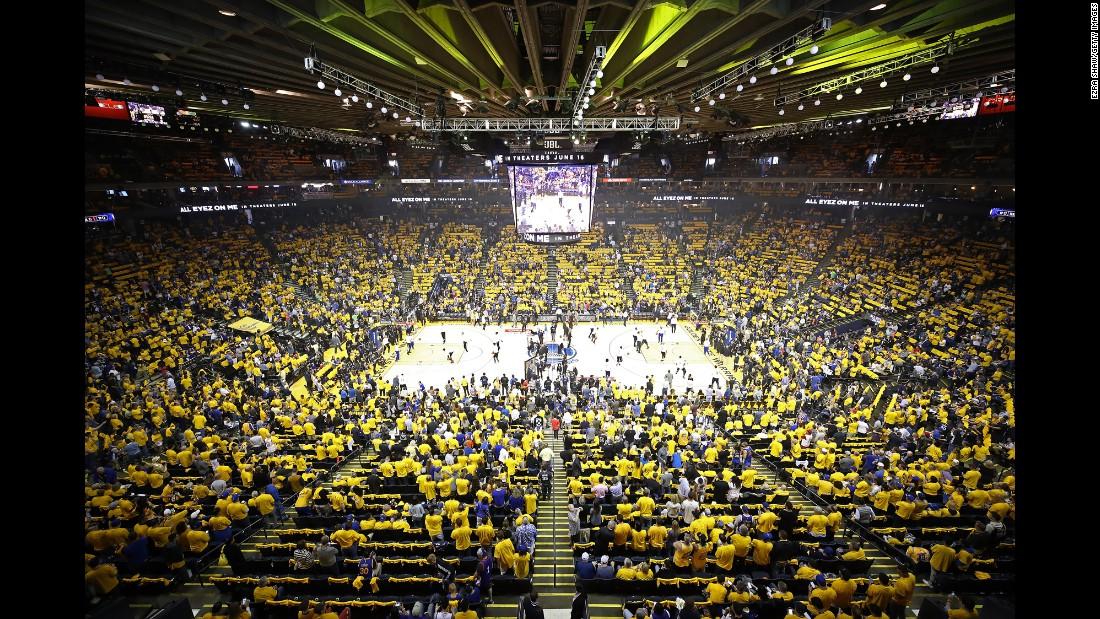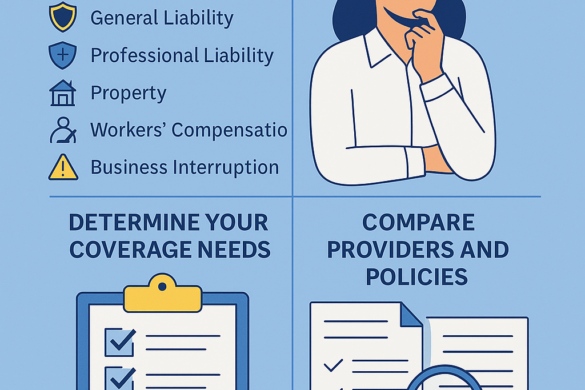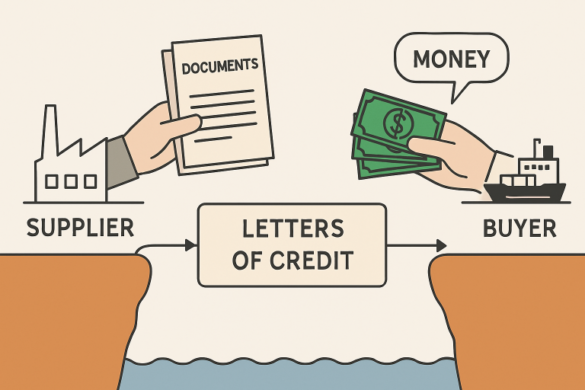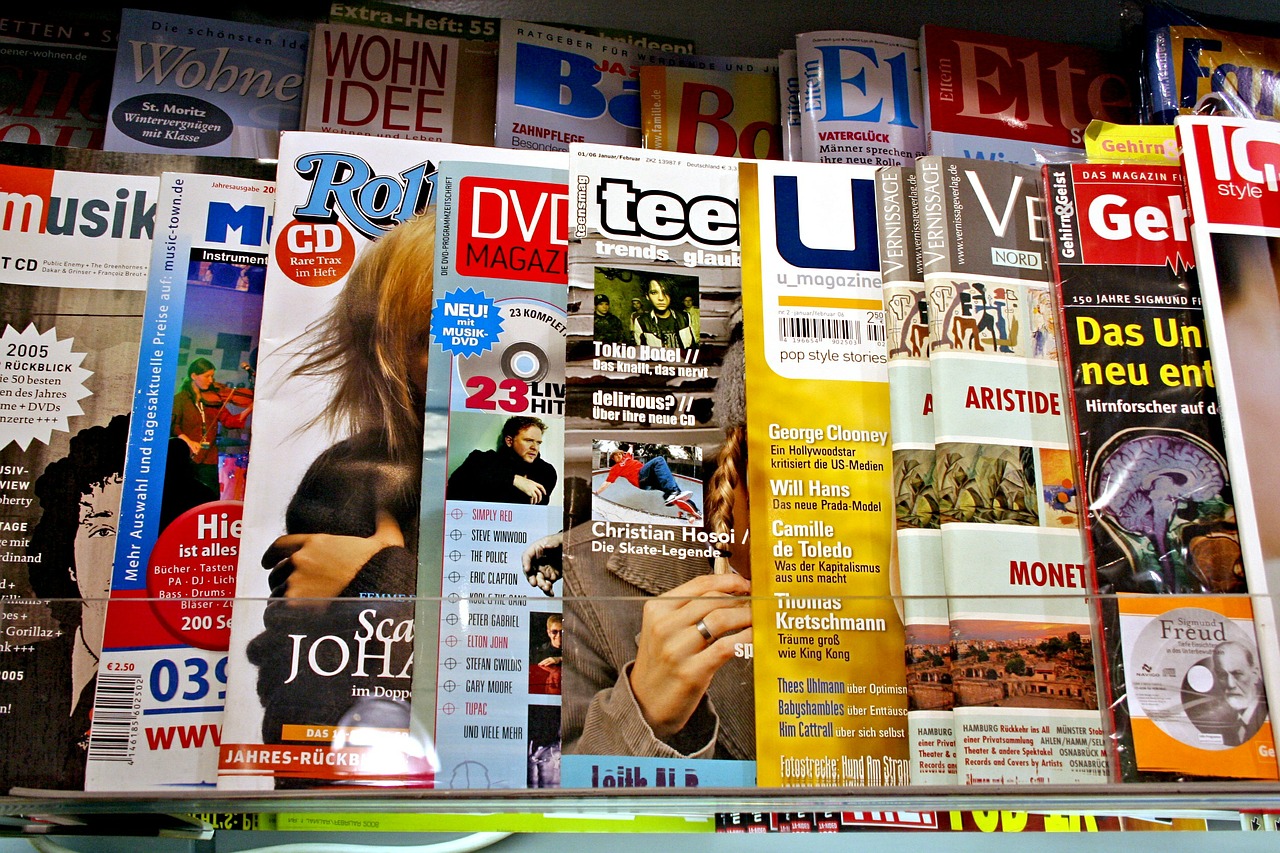Larry Fink, the co-founder and CEO of BlackRock, has built a personal fortune of $1.1 to $1.3 billion by 2025. His 37-year old investment management firm, which he started in 1988, has grown beyond expectations to become the world’s largest asset manager. BlackRock now manages more than $10 trillion in assets, and some sources suggest the figure could be as high as $11.5 trillion.
Fink’s leadership has propelled the company’s remarkable expansion through smart strategic moves. The company doubled its portfolio after merging with Merrill Lynch Investment Managers in 2006. BlackRock went public in 1999 and made a game-changing acquisition of Barclays Global Investors in 2009, which secured its position as a global leader. The company’s success shows in its numbers – revenue exceeded $20 billion in 2023, and its market value crossed $100 billion in 2024. Harvard Business Review recognized Fink’s influence by naming him “one of the most powerful players in global finance” in 2015.
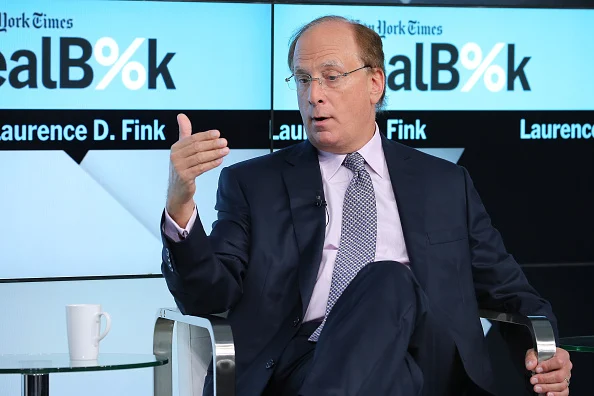
From Modest Beginnings to Wall Street
71-year-old Laurence Douglas Fink started life modestly, with no signs of his future financial empire. He grew up in Van Nuys, California, in a Jewish family. His mother taught English while his father owned a local shoe store. This working-class background taught him early business lessons as he watched his parents handle inventory, talk with suppliers, and deal with cash flow challenges.
Larry Fink’s early life and family background
Unlike many Wall Street leaders from privileged backgrounds, Fink lived a middle-class life. His parents’ shoe store became his first classroom where business wasn’t just theory but real life. The family often talked about practical money matters at dinner instead of theoretical economics.
While Fink’s Jewish heritage became part of his public image later, he stayed focused on business throughout his career rather than religious identity. He married his high-school sweetheart, Lori Weider, in 1974. They had three children together, and kept strong family bonds even as Fink’s career demanded much of his time.
Education at UCLA and early interest in finance
Fink started at UCLA planning to study biology and become a doctor. His path changed when a finance class unexpectedly appealed to him. So he switched focus and earned a Bachelor of Arts in Political Science from UCLA in 1974.
Right after college, he pursued an MBA in real estate at UCLA Anderson School of Management. He learned deeply about markets and financial systems during this time. Though he failed a real estate class, he chose to explore deeply into finance instead of avoiding it.
After getting his MBA in 1976, Fink went to New York without connections or advantages—just talent and a unique focus on risk management. His former classmates remembered him as “just an L.A. kid” who arrived on Wall Street wearing “turquoise jewelry and long hair”, different from typical finance professionals.
First job at First Boston and early career lessons
Fink started at First Boston, a major New York investment bank, in 1976. He became one of their first mortgage-backed security traders and stood out through breakthroughs rather than following old patterns.
His career at First Boston grew faster. He became a management committee member, managing director, and co-head of the Taxable Fixed Income Division. He showed his innovative thinking by creating the Financial Futures and Options Department and leading the Mortgage and Real Estate Products Group.
Under Fink’s leadership, his department added about $1 billion to First Boston’s profits. He pioneered the mortgage-backed security market in the United States.
Notwithstanding that, success taught him a hard lesson. His department lost $100 million in 1986 because he wrongly predicted interest rates. This major setback caused what he called “market humiliation” and led to his exit from First Boston.
Speaking at UCLA in 2016, Fink looked back at this crucial failure: “I believed I had figured out the market, but I was wrong—because while I wasn’t watching, the world had changed”. This expensive lesson shaped how he viewed finance later, especially about complete risk management—which became central to his next venture.
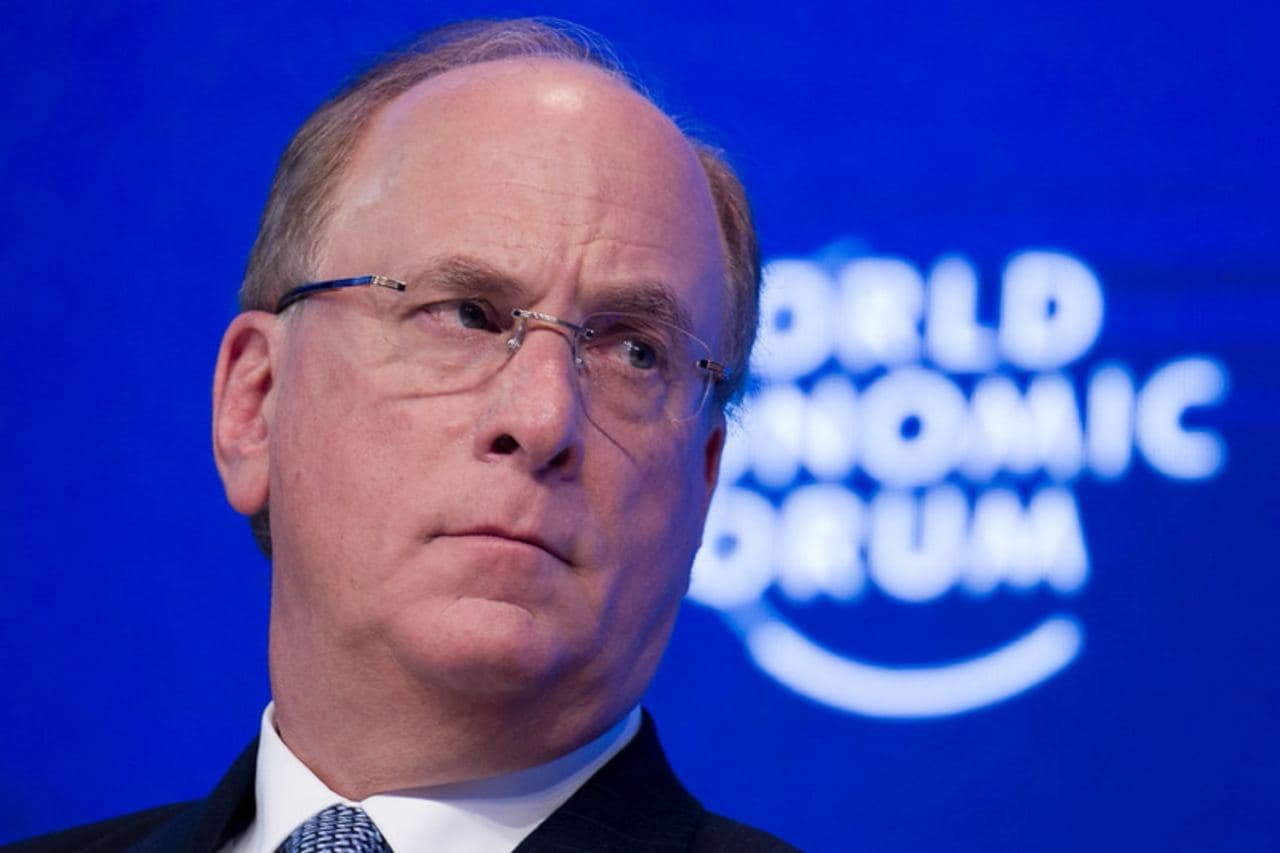
The Birth and Rise of BlackRock
A devastating $100 million loss at First Boston sparked Larry Fink’s greatest achievement. He and seven partners started a mission in 1988 to build a financial firm with superior risk management at its core. This bold startup would reshape the scene and become BlackRock, which now oversees more than $11.5 trillion in assets.
Co-founding BlackRock in 1988
Fink brought together a talented team: Robert S. Kapito, Susan Wagner, Barbara Novick, Ben Golub, Hugh Frater, Ralph Schlosstein, and Keith Anderson. Many team members had worked with him at First Boston, where they pioneered the mortgage-backed securities market. They focused on a specific niche—fixed-income assets and institutional risk management.
Getting the first round of capital was vital. Peter Peterson of The Blackstone Group saw potential in Fink’s vision of a risk management-centered firm and backed the venture. The business started as “Blackstone Financial Management” under Blackstone’s wing. Blackstone got a 50% stake in the bond business and gave them a $5 million credit line to start operations.
The team’s knowledge paid off fast. The business made money within months. Their assets grew four times to $2.7 billion by 1989. The firm kept growing through 1992, and Blackstone’s ownership dropped to about 36% as Fink’s team showed their worth.
Separation from Blackstone and going public
The firm managed $17 billion by 1992, but differences grew between Fink and Blackstone co-founder Stephen Schwarzman. The companies split through a management buyout due to different goals and what people called “Wall Street drama”.
The breakup became official in 1994, and they needed a new name. Fink talked with Schwarzman about keeping “black” in the family name. They thought about “BlackPebble” but ended up choosing “BlackRock” to honor their first backers. Outside experts warned both firms that similar names would “completely confuse people”—and they were right as both companies grew into financial giants.
BlackRock went public on October 1, 1999, with shares selling at $14 on the New York Stock Exchange. The firm managed $165 billion in assets by year-end. The public offering helped them launch their Aladdin platform (Asset, Liability, Debt, and Derivative Investment Network)—a system that became BlackRock’s competitive edge.
Turning BlackRock into a global asset manager
BlackRock grew from a bond manager to a global financial powerhouse through smart acquisitions:
- The company merged with Merrill Lynch Investment Managers in 2006, before the financial crisis hit. This key deal doubled their asset management portfolio and expanded beyond fixed income into equities, mutual funds, and global markets.
- BlackRock made its biggest move in December 2009—buying Barclays Global Investors and its iShares ETF business. This massive deal tripled their assets under management to $3.3 trillion and made them the world’s biggest money manager.
The firm reached $5 trillion under management by 2016 with 12,000 employees in 27 countries. Today, they manage over $11 trillion in assets with almost 20,000 employees across more than 30 countries, standing firm as the world’s largest asset manager.
Fink has led the company since day one as CEO and took on the Chairman role in 1998. BlackRock’s rise from a $5 million credit line to managing trillions has changed not just Fink’s wealth but also how global finance works.
Innovations That Built a Billion-Dollar Empire
Larry Fink’s billion-dollar fortune stems from groundbreaking advances that turned BlackRock from a startup into the world’s largest asset manager. His net worth grew substantially because of technological breakthroughs and smart business decisions that created unprecedented value.
The Aladdin risk management platform
BlackRock’s story began in 1988 when Charles “Charlie” Hallac, the company’s first employee, bought a computer for $25,000. The machine, as big as a washing machine, became the foundation for Aladdin (Asset, Liability, Debt and Derivative Investment Network). This system would revolutionize investing.
Aladdin offers something unique: investors can see portfolio risk across all asset classes at once. The system combines advanced analytics with verified data and expandable processing power. By 2013, Aladdin managed about $11 trillion in assets, which represented 7% of global financial assets. This number rose to $21.6 trillion by 2020.
The U.S. government demonstrated its trust in Aladdin’s capabilities during the 2008 financial crisis by entrusting $130 billion in “toxic assets” to the platform. Major clients like CalPERS ($260 billion), Deutsche Bank (€900 billion), and Prudential ($700 billion) chose the system because of its strong reputation.
Adopting ESG and sustainable investing
BlackRock became a leader in environmental, social, and governance (ESG) investing under Fink’s guidance. The company’s sustainable investing platform features four strategies: Screened, Uplift, Thematic, and Impact. Investors can now match their portfolios with their values while aiming for good returns.
BlackRock’s transition investing concentrates on the move to a low-carbon economy, which creates many investment opportunities. The average yearly spending in the energy system could reach $4 trillion through 2050, up from $2.2 trillion in the past decade.
Strategic acquisitions like Barclays Global Investors
BlackRock grew both internally and through smart acquisitions that added new capabilities. The 2009 Barclays Global Investors purchase marked a transformation in investment strategy thinking.
BlackRock eliminated the artificial barrier between active and passive investing after this acquisition. The company realized every investment choice is active, even picking an index fund. This understanding helped BlackRock develop better portfolio solutions that saved clients $642 million since 2015.
BlackRock continues to advance as it adds artificial intelligence and alternative investments. These developments strengthen Fink’s position as a financial visionary whose net worth reflects how he revolutionized global finance.
How Larry Fink Earns and Grows His Wealth
Larry Fink’s role in building the world’s largest asset manager has brought him substantial financial rewards, evident in his impressive compensation package and diverse wealth portfolio.
Breakdown of Larry Fink’s compensation
Larry Fink’s annual compensation has grown remarkably by 33% to $36.70 million in 2024, up from $26.90 million last year. BlackRock’s record profits and net investor inflows drove this increase. His compensation package has:
- $1.50 million base salary
- $10.60 million cash bonus (up from $7.90 million)
- $24.60 million in stock awards (up from $16.40 million)
This substantial package makes Fink’s earnings 166 times higher than BlackRock’s median employee salary of $162,300. BlackRock has also awarded him carried interest distributions linked to the firm’s flagship private investment funds. This move recognizes his “expected role in realizing the significant long-term value creation opportunity” in private markets.
Equity holdings and stock performance
Fink’s wealth primarily comes from his BlackRock equity. His ownership ranges between 0.27% and 0.7% of the company’s shares, worth hundreds of millions of dollars. BlackRock’s recent transformation through nearly $30 billion in acquisitions across three deals to become a major player in alternative assets continues to boost Fink’s equity value.
Other income sources: dividends, real estate, advisory roles
Fink earns substantial dividends of about $8 million yearly beyond his salary and equity. He generates tens of millions by selling shares periodically.
His wealth diversification strategy includes real estate investments. Fink’s investment approach mirrors his professional philosophy. He has guided BlackRock to buy billions in UK assets he sees as “undervalued,” especially in the banking sector. His personal investment strategy likely follows these same principles of finding undervalued opportunities.
Influence, Recognition, and Public Perception
Larry Fink’s career has shaped both financial markets and government policy. He sits at BlackRock’s helm as one of finance’s most powerful figures, and his influence reaches way beyond the reach and influence of typical asset management.
Fink’s role in financial crises and government advisory
Market turbulence brings Fink and BlackRock to the forefront. The U.S. government turned to BlackRock to help clean up the 2008 financial crisis. BlackRock got no-bid contracts to manage toxic assets across three programs: Maiden Lane, Maiden Lane II, and Maiden Lane III. The Federal Reserve called on BlackRock again when COVID-19 shook the economy in 2020, putting the firm in charge of its bond-buying programs to calm the markets.
Fink’s connections with policymakers run deep. His calendar shows multiple calls with Federal Reserve Chair Jerome Powell during 2020-2021. A notable hour-long virtual meeting took place between Fink, the Federal Reserve’s Board of Governors, and Fed staff in March 2021. This level of access has earned BlackRock a reputation as “an unbiased source of market insights and advice in times of financial crises”.
Awards and honors received over the last several years
Fink’s impact has earned him prestigious recognition:
- UCLA’s highest honor – The UCLA Medal (2016) for his “uncommon wisdom, exceptional business acumen and magnanimous demonstration of values”
- Yale Legend in Leadership Award – created for CEOs who serve as “living legends”
- Financial News named him “CEO of the Decade” in 2011
- Barron’s listed him among “World’s Best CEOs” for nine straight years
- Fortune recognized him as one of the “World’s Greatest Leaders”
Public image, political ties, and media portrayal
Despite his prominence in the industry, most people don’t know Fink. He appears regularly on CNBC but keeps a low profile elsewhere. His economic predictions carry weight – like his April 2025 statement that “the U.S. is very close, if not in, a recession now”.
Fink’s position on environmental and social issues has shifted over time. People once praised him as an ESG (environmental, social, and governance) investing champion, but he’s stepped back from such language amid political pressure. His 2020 annual letter called climate change a “defining factor” in investment decisions, sparking both support and pushback.
Summing all up
Larry Fink towers over global finance after turning BlackRock from a specialized startup into the world’s largest asset manager with over $11.5 trillion under management. His trip from middle-class roots to billionaire status shows what you can achieve with state-of-the-art financial solutions and strategic vision. A $100 million loss at First Boston taught him valuable lessons that shaped his risk-focused approach to investment management.
BlackRock’s revolutionary Aladdin platform stands as Fink’s greatest achievement, managing about 7% of the world’s financial assets. The company soared to new heights through this technological breakthrough and smart acquisitions like Barclays Global Investors. His compensation package of $36.70 million in 2024 reflects his lasting value to the company he created.
Fink keeps a relatively low public profile outside financial circles, despite his enormous influence during financial crises and close ties with policymakers. His stance on climate change and ESG investing has evolved pragmatically rather than ideologically. His billion-dollar empire symbolizes how cutting-edge technology and risk management expertise have revolutionized modern investment practices.
Fink’s leadership proves that setbacks can lead to extraordinary success with resilience and adaptability. His influence reaches far beyond his personal wealth by changing how institutions worldwide handle financial risk. Fink’s net worth, while remarkable, represents just one aspect of his lasting effect on global finance.
Here are some FAQs about Larry Fink net worth:
Is Larry Fink more rich than Elon Musk?
Larry Fink net worth is substantial but doesn’t approach Elon Musk’s wealth. While Larry Fink net worth 2024 is estimated around $1.2 billion, Musk’s net worth exceeds $200 billion. The Larry Fink BlackRock net worth reflects his success as CEO but remains far below tech billionaire fortunes.
How much of BlackRock is owned by Larry Fink?
Larry Fink owns less than 1% of BlackRock shares despite his significant Larry Fink net worth. His Larry Fink net worth Forbes estimates include stock holdings and compensation as CEO. The Larry Fink BlackRock net worth comes more from his leadership position than majority ownership.
Is Larry Fink the most powerful person in the world?
While influential as BlackRock’s CEO, Larry Fink net worth doesn’t equate to being the world’s most powerful. The Larry Fink net worth 2025 projections maintain his status as a major financial figure. However, Larry Fink BlackRock net worth represents institutional influence rather than absolute personal power.
What is BlackRock’s net worth?
BlackRock manages over $10 trillion in assets, vastly exceeding Larry Fink net worth personally. The company’s market capitalization dwarfs Larry Fink net worth 2024 estimates of $1.2 billion. Larry Fink BlackRock net worth is separate from the firm’s total assets under management.
How much is BlackRock CEO worth?
Larry Fink net worth Forbes estimates currently place his wealth at approximately $1.2 billion. The Larry Fink net worth 2025 projection could increase with BlackRock’s continued growth. His Larry Fink BlackRock net worth stems largely from his long tenure and compensation as CEO.
How much does BlackRock own?
BlackRock owns stakes in thousands of companies globally, managing assets that far surpass Larry Fink net worth. The firm’s $10+ trillion AUM makes Larry Fink net worth 2024 seem modest in comparison. Larry Fink BlackRock net worth represents just a fraction of the vast holdings his company oversees.


